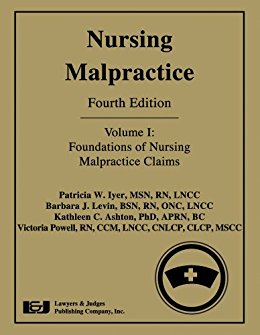Today, I’ll kick off my series on the use of the electronic trauma flow sheet (eTFS). The biggest question is, why does your hospital want you to use it?
Typically, hospital administrators pressure trauma programs to adopt an eTFS at some point after implementing the hospital-wide use of an electronic health record (EHR). When I started this series nearly 15 years ago, many hospitals still used paper charting. But now, in 2023, virtually every trauma center uses one of the major brands of EHR.
The trauma programs had been using paper trauma flow sheets for decades. They were intuitive, information was laid out in logical blocks, and every data point on the entire sheet could be located and written within a second. Of course, data accuracy could always be a problem, but this usually boiled down to a scribe experience issue and could be remedied with training and feedback.
Initially, the major EHR makers did not have an eTFS product. Epic Systems became the first, and hospital administrators eventually became aware of it. Slowly they began to insist that their trauma programs switch to it.
But why? For the most part, they gave two reasons:
- We need to go paperless! The assumption was that, since the rest of the charting would be electronic, the trauma flow sheet should also be moved to this format. Just to be consistent, I guess.
The reality is that there will always be some good, old-fashioned paper parts to the patient’s chart. Every hospital floor has a little cubby somewhere with old-timey three-ring binders for each patient to house the various scraps of paper that accumulate. These may be records from an outside referring hospital, a pre-hospital run sheet, blood bank tags from units of blood products, and other stuff. What typically happens to it? It gets scanned into the chart at some point. But not right away.
There is no reason a paper trauma flow sheet can’t also be scanned. At some point. The critical move is that it should be scanned early so that it is available in the EHR as soon as it is complete. A best practice would be to scan (or copy) the paper trauma flow sheet just before the patient leaves the emergency department for good so an interim version can be placed in the EHR. Once the patient arrives at their final hospital area (ICU, floor, etc.), a final scan can be made, and the paper copy placed in the old-timey binder. - We need to see patient care flow, vitals, meds, blood, etc., from the time they hit the door. We don’t want to miss any activity or trends that start in the trauma bay, right?
The care typically received in the trauma bay is what I would consider a singularity. It is like nothing else in the hospital stay in terms of pace, intensity, and activity level. Being able to trend medication or blood administration from arrival through discharge is not that important. Vital signs during resuscitation may be nothing like those of the rest of the hospital stay. It’s just not that helpful to be able to connect that phase of care with the rest of the hospital stay.
But having said that, it is helpful to see all the medications and blood given during a hospital stay. Ideally, someone should reconcile the medications and blood products after the fact.
Neither of these excuses holds any water, so don’t get talked into trying out an eTFS just because of them.
In my next two posts, I’ll write about why the eTFS doesn’t work well during the trauma resuscitation phase of care.


